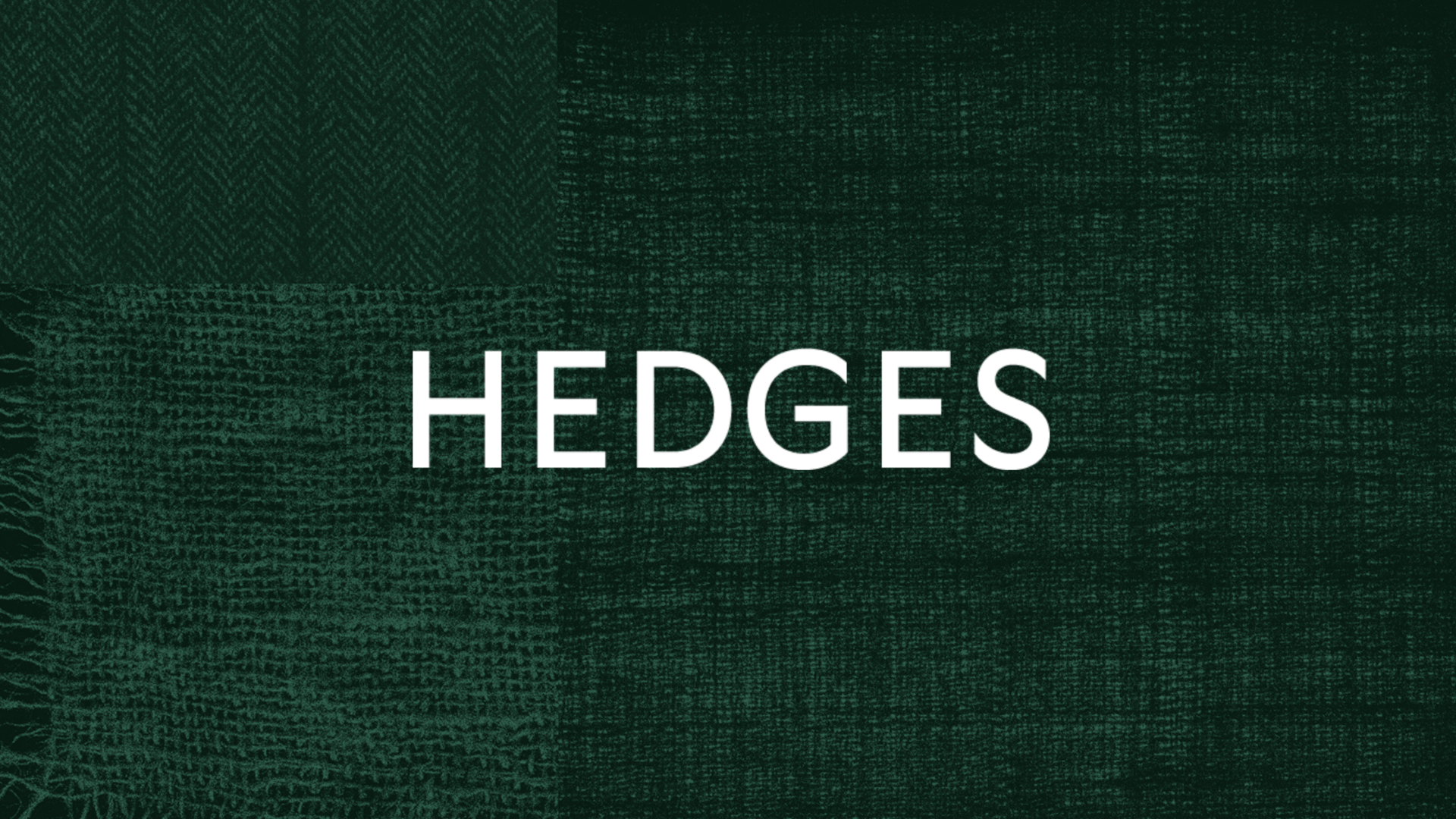The Supreme Court has ruled that the viewing gallery at the London Tate Modern is a nuisance to neighbouring luxury apartments.
At first glance, it may seem odd that individuals who purchased properties with glass walls next to the London landmark were pursuing a claim for nuisance. But the highest court in the land considered that the viewing platform is open the best part of every day each week. It is only 34 metres away from the flats opposite it, and is at the same level as the 18th and 19th floors. Not only this, but the platform received over half a million visitors per year, with visitors looking out, some peering through binoculars or taking photographs (often posted on social media) and waving.
The Judges sitting in the Supreme Court “‘inviting several hundred thousand visitors a year to look out at the view from your building cannot by any stretch of the imagination be regarded as a common or ordinary use of land.”
The trial Judge and Court of Appeal were both held to have placed an incorrect weight on public policy. The Supreme Court gave a timely reminder that “the public consists of all the individuals of it”, asking who should suffer the loss – whether it should it be borne by those on whom it is inflicted, or those who gain from the activity. Looking at it this way, the answer is obvious.
The Supreme Court took care to distinguish between “overlooking” and “visual intrusion”, and they considered the judgment to be a reinstatement of existing law, rather than a departure from the principles of nuisance. However, it is likely that this case will lead to many more construction disputes arising, leading to the question of whether those in glass houses really can throw stones (in the form of legal action).
The Tate Modern privacy ruling could lead to a worrying future for cities









